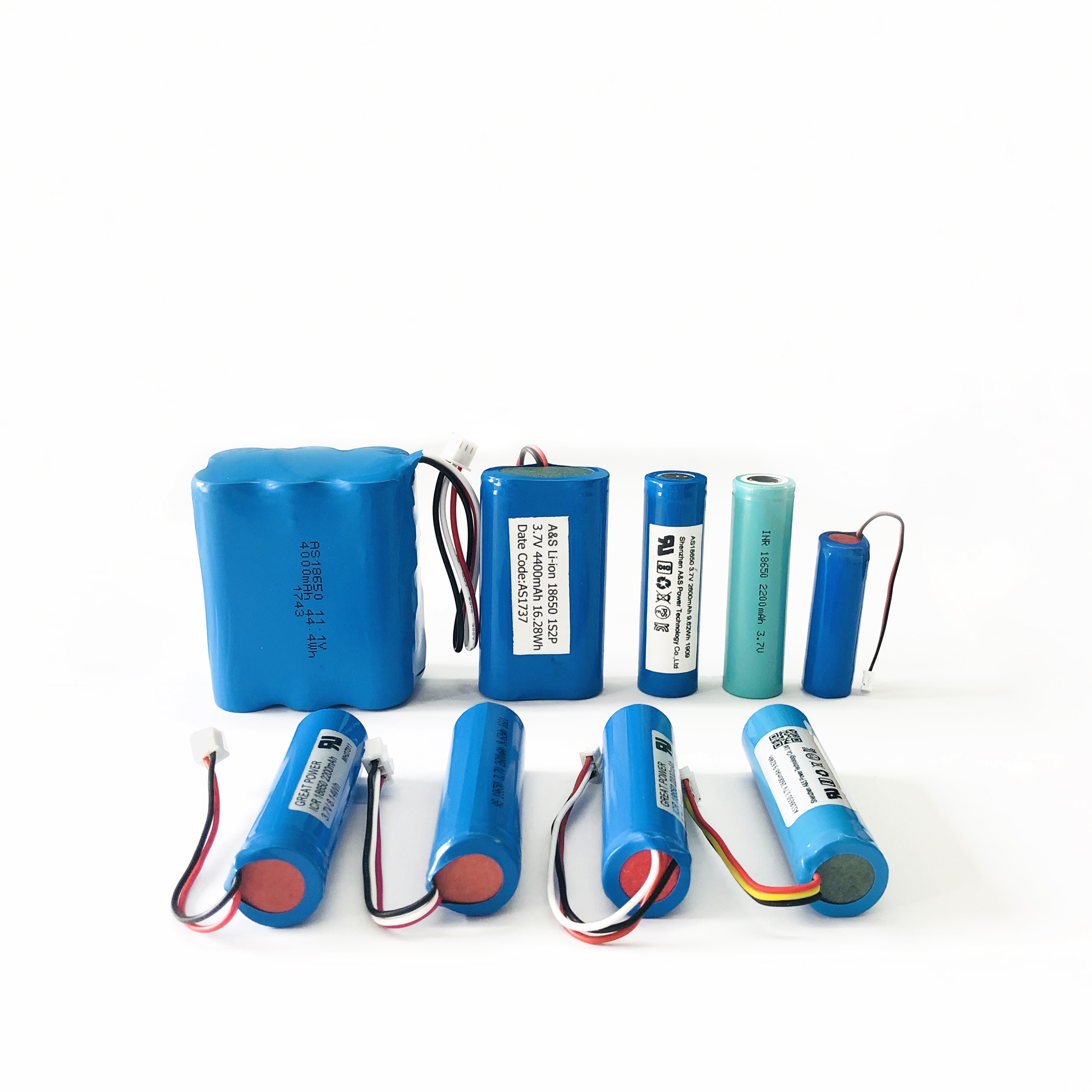Discharge Characteristics of Li-ion
2021-07-02
Learn about the difference of energy and power requirements in a battery.
The early Li-ion battery was considered fragile and unsuitable for high loads. This has changed, and today lithium-based systems stand shoulder to shoulder with the robust nickel and lead chemistries. Two basic types of Li-ion have emerged: The Energy Cell and the Power Cell.
The performance of these two battery types is characterized by energy storage, also known as capacity, and current delivery, also known as loading or power. Energy and power characteristics are defined by particle size on the electrodes. Larger particles increase the surface area for maximum capacity and fine material decreases it for high power.
Decreasing particle size lowers the presence of electrolyte that fills the voids. The volume of electrolyte within the cell determines battery capacity. Decreasing the particle size reduces the voids between the particles, thereby lowering the electrolyte content. Too little electrolyte reduces ionic mobility and affects performance. Think of a drying felt pen that needs recuperating to keep marking papers.
Energy Cell
The Li-ion Energy Cell is made for maximum capacity to provide long runtimes. The AS18650 Energy Cell (Figure 1) has high capacity but is less enduring when discharged at 2C. At the discharge cutoff of 3.0V/cell, the 2C discharge produces only about 2.3Ah rather than the specified 3.2Ah. This cell is ideal for portable computing and similar light duties.

Figure 1: Discharge characteristics of AS18650 Energy Cell.
The 3,200mAh Energy Cell is discharged at 0.2C, 0.5C, 1C and 2C. The circle at the 3.0V/cell line marks the end-of-discharge point at 2C.
Cold temperature losses:
25°C (77°F) = 100%
0°C (32°F) = ~83%
–10°C (14°F) = ~66%
–20°C (4°F) = ~53%
Power Cell
The AS18650 Power Cell (Figure 2) has a moderate capacity but excellent load capabilities. A 10A (5C) discharge has minimal capacity loss at the 3.0V cutoff voltage. This cell works well for applications requiring heavy load current, such as power tools.

Figure 2: Discharge characteristics of AS18650 Power Cell.
The 1950mAh Power Cell is discharged at 0.2C, 0.5C, 1C and 2C and 10A. All reach the 3.0V/cell cut-off line at about 2000mAh. The Power Cell has moderate capacity but delivers high current.
Cold temperature losses:
25°C (77°F) = 100%
0°C (32°F) = ~92%
–10°C (14°F) = ~85%
–20°C (4°F) = ~80%
The Power Cell permits a continuous discharge of 10C. This means that an 18650 cell rated at 2,000mAh can provide a continuous load of 20A (30A with Li-phosphate). The superior performance is achieved in part by lowering the internal resistance and by optimizing the surface area of active cell materials. Low resistance enables high current flow with minimal temperature rise. Running at the maximum permissible discharge current, the Li-ion Power Cell heats to about 50ºC (122ºF); the temperature is limited to 60ºC (140ºF).
To meet the loading requirements, the pack designer can either use a Power Cell to meet the discharge C-rate requirement or go for the Energy Cell and oversize the pack. The Energy Cell holds about 50 percent more capacity than the Power Cell, but the loading must be reduced. This can be done by oversizing the pack, a method the Tesla EVs use. The battery achieves exceptional runtime but it gets expensive and heavy.












